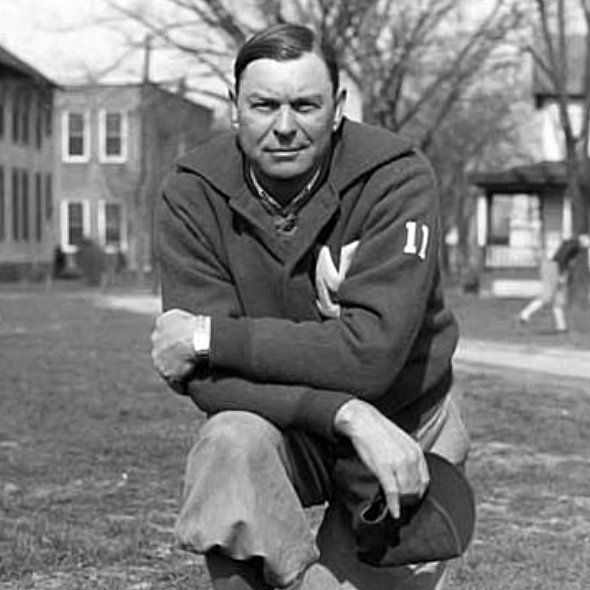Following graduation in 1911, Henderson began his coaching career at Shinnston High School before becoming principal of Bristol High School, where he developed that school’s inaugural athletic program. It was at Bristol that unfortunate structural conditions created modern day basketball’s classic defensive scheme. There was no gymnasium upon Henderson’s arrival at Bristol. Although he managed to have an athletic facility constructed, the shoddy workmanship resulted in bowing wood floors and a leaky roof. In an effort to avoid slippery spots on the floor, Henderson distributed his defenders in zones to cover the court while remaining safe—proving effective, this became the modern 2-3 zone defense.
As defenders were ordered to remain in their zones, holes would open up offensively when a missed ball broke free. He developed an offense of ‘breaking fast’ off of the missed ball, using the lanes of the court to open up options as the forwards and point guard moved the ball. He used his vision as a coach to see that both sides of the ball could operate efficiently and effectively when designing plays with teamwork in mind. Henderson’s basketball developments remain hallmarks of the modern game, used regularly by college and NBA teams alike.
Henderson’s first collegiate coaching position was in 1919 at Muskingham College in Ohio. Following three years at Muskingham, he returned to West Virginia to continue coaching at Davis and Elkins College. In 1925 at Davis and Elkins, he coached his men to the first undefeated basketball season for a West Virginia collegiate team with a 22-0 record. His 1933 football team won the West Virginia Athletic Conference title. After twelve years, Henderson sported an 83-33-6 record in football and a 220- 40 record in basketball.
In 1935, Henderson made his final coaching move to Marshall College (now Marshall University), where he continued winning in football and basketball. His best year came in 1947 when the Marshall basketball team won the NAIB national tournament, immediately followed by a 9-2 football season. The success of his two teams resulted in a difficult decision for Henderson—the football team was invited to play in the January 1, 1948 Tangerine Bowl, the same time the basketball team was in the Los Angeles Invitational Tournament. Henderson decided to travel with the basketball team and sent his assistant coach Roy Straight to manage the football contest. The Marshall basketball team won the tournament, but the football team was shutout 7-0.
Although Henderson resigned as football coach for the 1949 season, he stayed on as head basketball coach through 1955. He remains Marshall’s winningest basketball coach with a 362-16 record. Marshall University honored its innovative coach with its current basketball arena, the Cam Henderson Center. Marshall also honors its top student-athlete each year with the Cam Henderson Award. Henderson is an inductee of the Helms Foundation Hall of Fame, the West Virginia Sports Writers Hall of Fame, the Davis and Elkins Hall of Fame, and the Marshall Hall of Fame.










